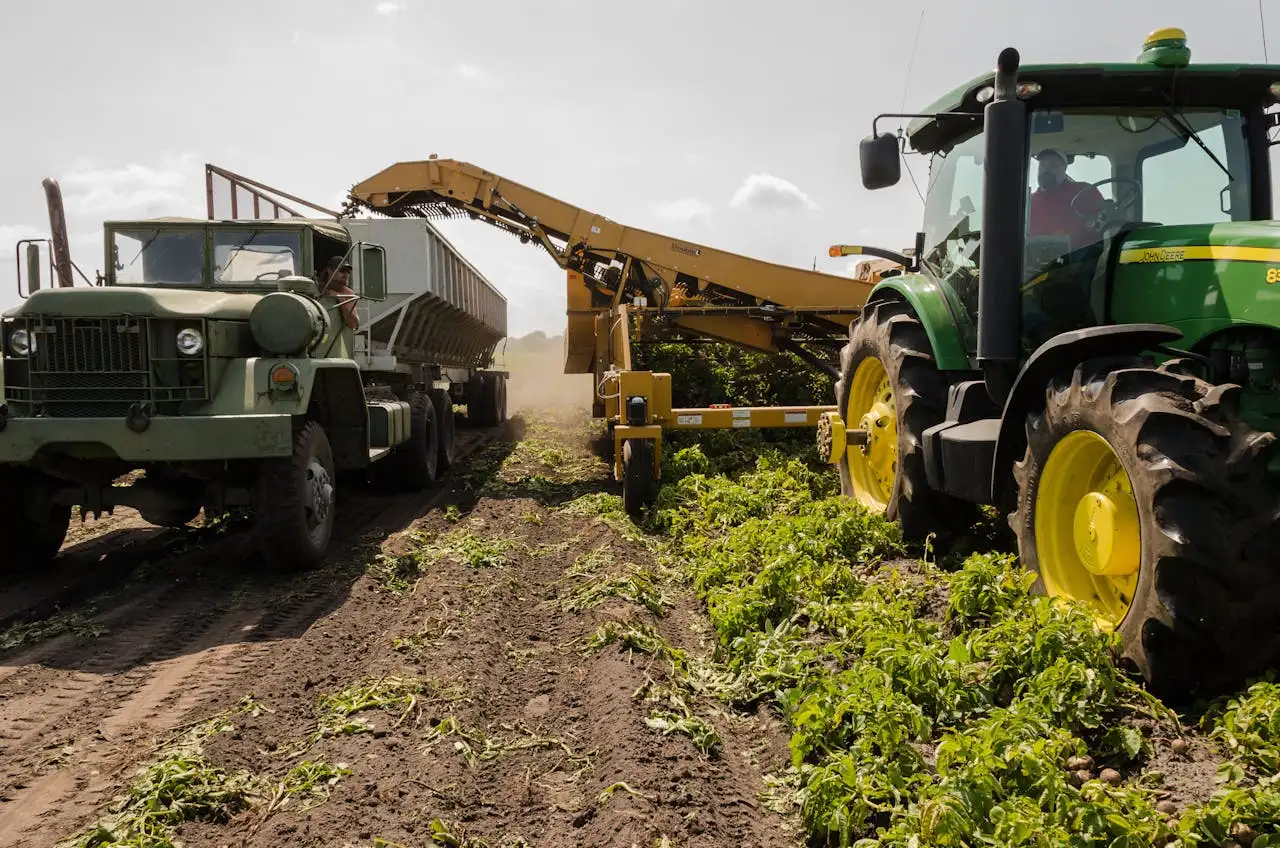 MR Admin
MR Admin
10 Jun 2024


10 Jun 2024
On the import side, the USDA projects a rise to $215.5 billion, driven by increased demand for horticultural and tropical products such as fruits, nuts, and sugar. Since 2020, agricultural trade imports have increased as much as 50 percent, while U.S. agricultural exports have increased 22 percent. This widening trade gap can be attributed to a mixture of factors, including but not limited to:
A decline in U.S. agricultural exports to China, a top agricultural export market.
Increase in U.S. consumer demand for imported agricultural products.
Drought and severe weather conditions in the U.S. lowering yields and increasing import demand.
This growing agricultural trade deficit also underscores the importance of maintaining diversified markets and minimizing trade barriers to sustain export momentum.
U.S. agricultural trade. Some say they would widen the trade deficit and increase costs. Others argue they could be a leveraging tool to improve future trade deals and encourage domestic production.
Market Disruptions
The proposed tariffs risk destabilizing trade deals like the U.S.-Mexico-Canada Agreement (USMCA) and jeopardizing tariff-free trade with two of the nation’s top agricultural export markets. Retaliatory measures from Mexico and Canada could further strain relationships and reduce competitiveness. Additionally, escalating tariffs on Chinese goods risk undermining already declining exports to the U.S.’s third-largest agricultural trade markets.
Economic Implications
Farmers reliant on imported machinery, fertilizers, and other inputs may face higher costs, cutting into already tight margins. Consumers and farmers alike could experience inflationary pressures, particularly as retailers like Walmart and Lowe’s warn of price increases tied to rising import costs.
Federal Government Support
If tariffs begin to significantly impact farm revenues, the government may renew support programs such as the Market Facilitation Program (MFP) or other subsidies. These programs have historically provided billions of dollars to farmers as compensation for lost trade opportunities.
Domestic Production
By making imported goods more expensive, the tariffs could encourage greater investment in domestic manufacturing and agriculture, potentially creating new opportunities for U.S. farmers and ranchers.
Renewed Trade Deals
If successful, these policies could reduce foreign tariffs and non-tariff barriers, improve terms in renegotiated agreements, or address unfair trade practices or subsidies used by competing nations.
Managing Risk Through Agricultural Trade Turbulence
Opinions differ on whether trade tariffs will ultimately help or harm agricultural trade in the long run, but experts overwhelmingly agree on one thing—disruption will occur if implemented.
Here are several ways you can proactively manage the risk of trade turbulence in 2025.
 your Money
your Money